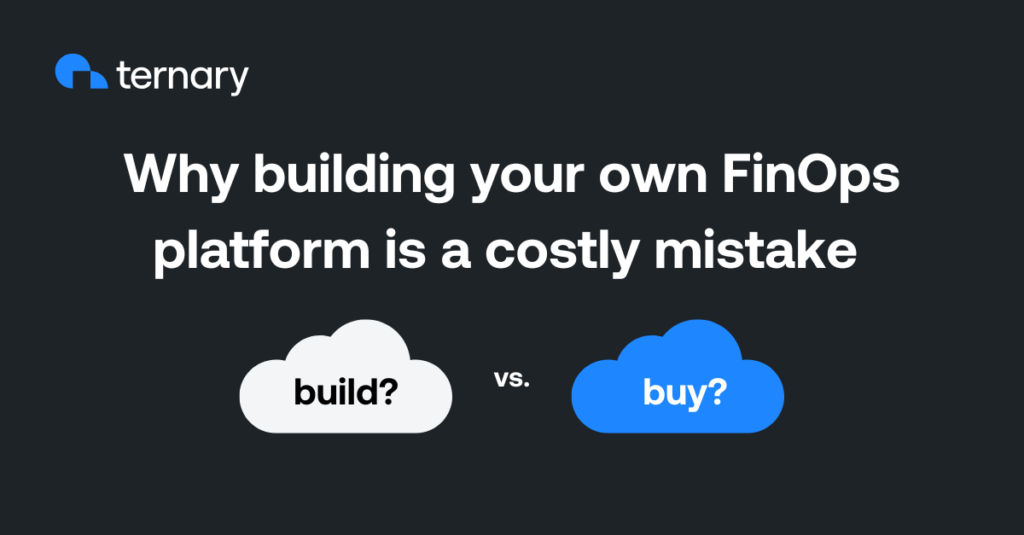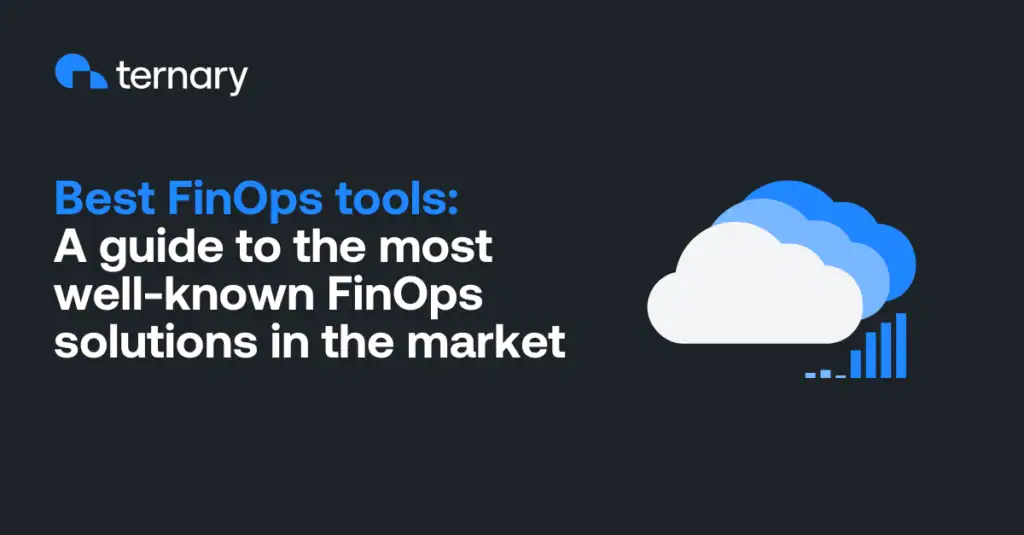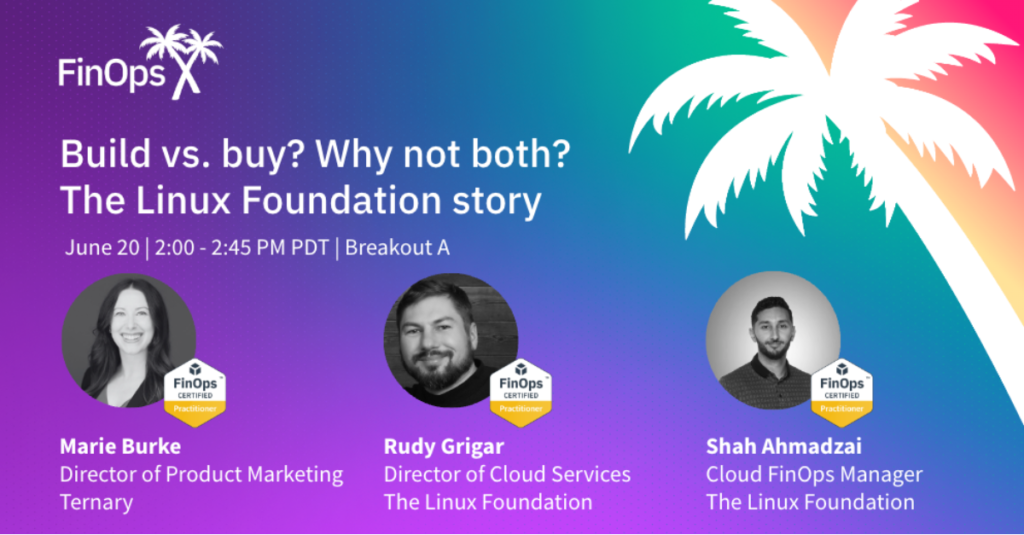Many large enterprises are starting to believe a common misconception: that building their own FinOps platform will be more cost-effective and quicker than buying an existing solution.
The mistake these enterprises make is underestimating the complexity of FinOps. From cross-cloud normalization, rapidly evolving SKU catalogs, and organizational mapping to chargeback logic, anomaly detection, forecasting, policy enforcement, and more—there’s a lot to handle. With build-your-own (BYO) solutions, once the initial tool is in place, it quickly becomes a sprawling mess. Engineers are buried in maintenance, stakeholders lose trust in the numbers, and no one wants to own the system. What began as “strategic” turns into a distraction.
Build vs. buy FinOps platforms: Let’s do the math
A common objection we hear when enterprises consider FinOps platforms is: “FinOps vendors charge 3% of spend. We’ll build our own and save money.”
It sounds like a reasonable objection—but it’s almost never true. In this scenario, let’s assume your organization:
- Spends $50M/year across AWS, Google Cloud, and Azure
- Has a dedicated BYO team of 5 engineers and 1 Product Manager at the cost of $200K each.
That’s $1.2M/year to build and maintain your own tooling. Compare that to a modern vendor charging a flat fee or sub-1% of spend—roughly $375K/year.
You’re paying 3x more for something less trusted, harder to maintain, and slower to evolve.
And that’s before you count:
- Opportunity cost
- Downtime
- Compliance risk
- Burnout-driven churn
Cloud providers don’t offer a complete solution
Public cloud providers offer helpful primitives—native dashboards, visualizations powered by business intelligence tools, APIs—but these are starting points, not comprehensive FinOps solutions.
In focused, single-cloud environments, native tools make sense. But most organizations today are multi-cloud, either by design or acquisition. On top of that, AI spend is exploding, SaaS spend keeps growing, and data centers haven’t disappeared. Visibility needs have changed and internal tooling often lags behind.
We’ve seen this film before
From ERP to CRM to observability, enterprise history is littered with build-your-own phases. The enterprise arc is always the same:
- Homegrown tools emerge
- Pain and fragmentation build
- Standardization happens
- Purpose-built platforms win
FinOps is on this trajectory. Internal builds tender to suffer from:
- Poor documentation
- Brittle integrations
- Limited support
- Abandonment risk when key stakeholders leave
Your business is unique? That’s what APIs are for
When it comes to build vs. buy FinOps platforms another objection we often hear is: “Our business is unique. We have to build.”
Yes, every company has quirks—organizational mappings, billing glue, custom tags. But those are best handled through API-based extensions, not a full rebuild. The truth is 80% of your needs are shared with everyone else. You can buy those parts and use APIs to handle the rest. Modern FinOps platforms are designed for extensibility. You don’t need to reinvent the wheel.
The smarter play: buy, then build
At Ternary, we recommend a buy-then-build approach. The most successful businesses we’ve seen take this modern path:
- Buy a purpose-built FinOps platform
- Extend the capabilities of those platforms where needed via APIs
- Focus internal efforts on their core product, not cost plumbing
- Scale with trust, speed, and support
This model is working for companies that need clarity and agility—without racking up technical debt in the process.
The strategic view
If your internal tool breaks when AWS changes a SKU, and no one knows how to fix it, you haven’t built a platform—you’ve built a liability.
FinOps is critical infrastructure. Treat it like one.
Looking for guidance?
Download Ternary’s Ultimate FinOps Buyers Guide to get a strategic framework and technical checklist for choosing the right platform.



